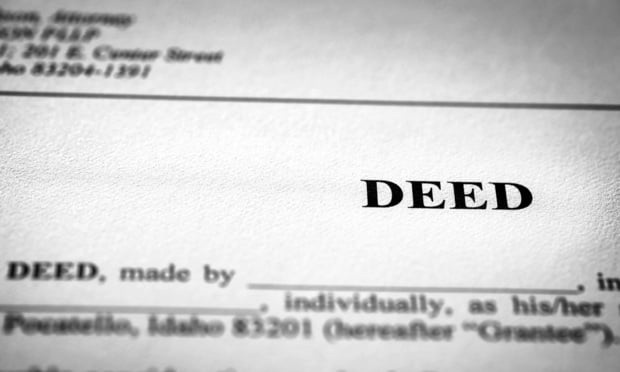Law.com Subscribers SAVE 30%
Call 855-808-4530 or email [email protected] to receive your discount on a new subscription.
Making Sense of YouTube's Monetization Policies
When Google unveiled new changes to YouTube's ad monetization policies in 2018, it astonished members of the creative community. Previously, the threshold for a video channel to be able to qualify for YouTube's Partner Program — which enables creators to collect ad revenue — was a total of 10,000 views. Now, in order to receive ad revenue, channels must have a minimum of 1000 subscribers and 4000 hours of total watch-time over a 12-month period.
These changes stemmed from YouTube facing a rash of criticism from advertisers whose ads ran alongside of what they saw as unsuitable and inappropriate video content. Following popular vlogger Logan Paul's broadcast of a suicide victim's body on the platform and the outrage that Paul was able to continue to monetize his channel despite those atrocities, YouTube released a statement: "They [the new thresholds] will allow us to significantly improve our ability to identify creators who contribute positively to the community and help drive more ad revenue to them [and away from bad actors]."
Despite YouTube's arguably good intentions with their new policies, both indie creators and creators with more established YouTube channels have subsequently paid the price. Many indie creators can no longer qualify for YouTube's Partner Program so as to monetize their channels, as subscriber numbers were never previously determinants for monetization. And even for creators with more well-established channels, certain videos are now being demonetized due to video thumbnails, captions or content being deemed inappropriate in the eyes of Google.
This premium content is locked for Entertainment Law & Finance subscribers only
ENJOY UNLIMITED ACCESS TO THE SINGLE SOURCE OF OBJECTIVE LEGAL ANALYSIS, PRACTICAL INSIGHTS, AND NEWS IN ENTERTAINMENT LAW.
- Stay current on the latest information, rulings, regulations, and trends
- Includes practical, must-have information on copyrights, royalties, AI, and more
- Tap into expert guidance from top entertainment lawyers and experts
Already a have an account? Sign In Now Log In Now
For enterprise-wide or corporate acess, please contact Customer Service at [email protected] or 877-256-2473

Major Differences In UK, U.S. Copyright Laws
This article highlights how copyright law in the United Kingdom differs from U.S. copyright law, and points out differences that may be crucial to entertainment and media businesses familiar with U.S law that are interested in operating in the United Kingdom or under UK law. The article also briefly addresses contrasts in UK and U.S. trademark law.

The Article 8 Opt In
The Article 8 opt-in election adds an additional layer of complexity to the already labyrinthine rules governing perfection of security interests under the UCC. A lender that is unaware of the nuances created by the opt in (may find its security interest vulnerable to being primed by another party that has taken steps to perfect in a superior manner under the circumstances.

Strategy vs. Tactics: Two Sides of a Difficult Coin
With each successive large-scale cyber attack, it is slowly becoming clear that ransomware attacks are targeting the critical infrastructure of the most powerful country on the planet. Understanding the strategy, and tactics of our opponents, as well as the strategy and the tactics we implement as a response are vital to victory.

Legal Possession: What Does It Mean?
Possession of real property is a matter of physical fact. Having the right or legal entitlement to possession is not "possession," possession is "the fact of having or holding property in one's power." That power means having physical dominion and control over the property.

The Stranger to the Deed Rule
In 1987, a unanimous Court of Appeals reaffirmed the vitality of the "stranger to the deed" rule, which holds that if a grantor executes a deed to a grantee purporting to create an easement in a third party, the easement is invalid. Daniello v. Wagner, decided by the Second Department on November 29th, makes it clear that not all grantors (or their lawyers) have received the Court of Appeals' message, suggesting that the rule needs re-examination.

